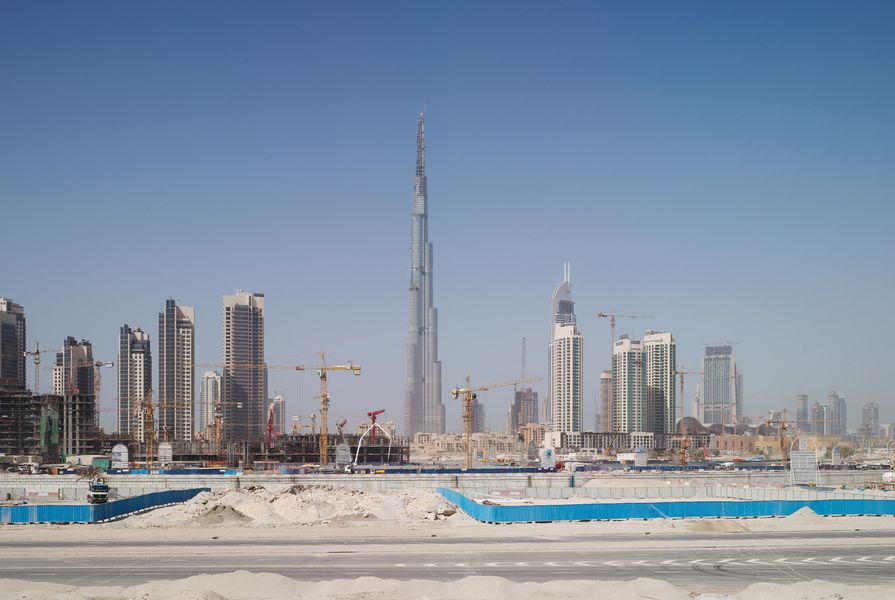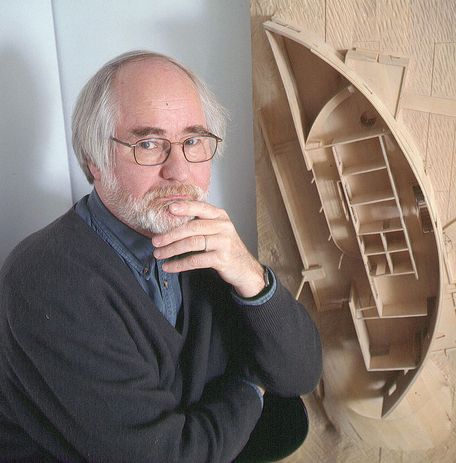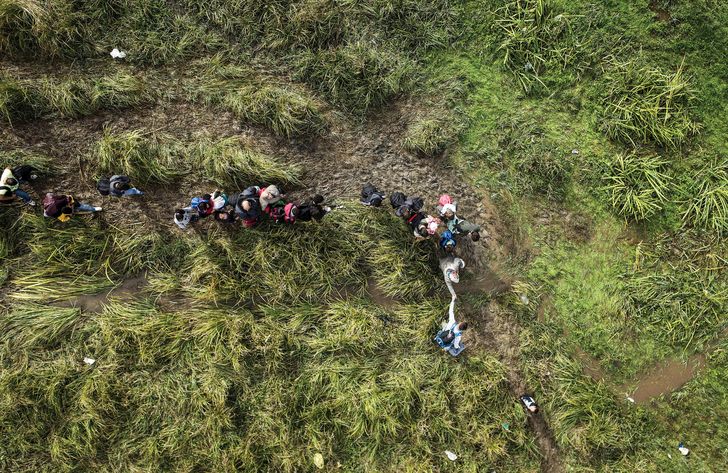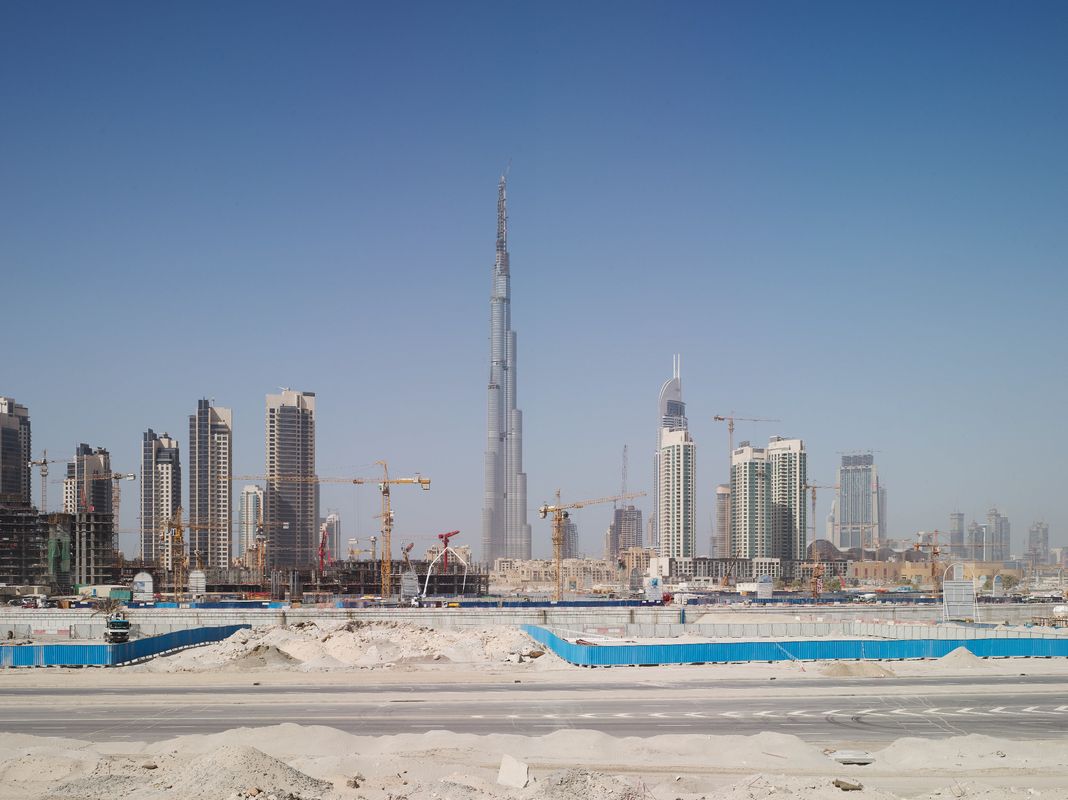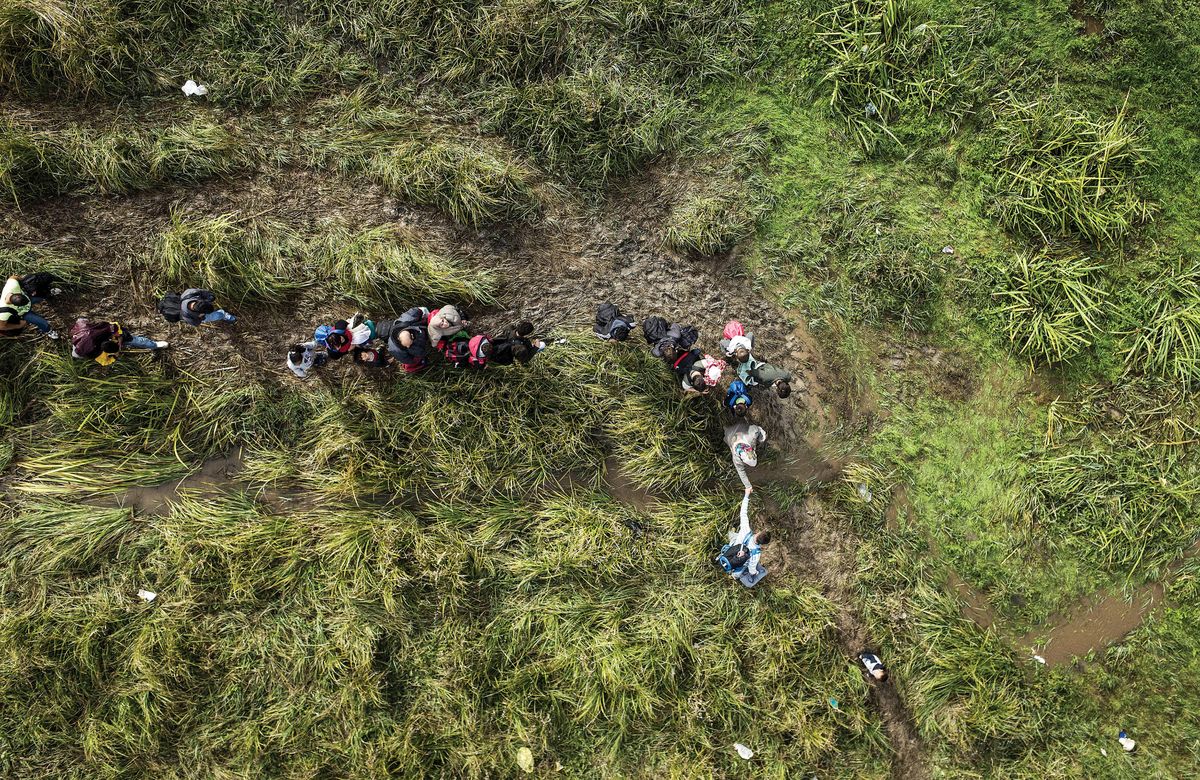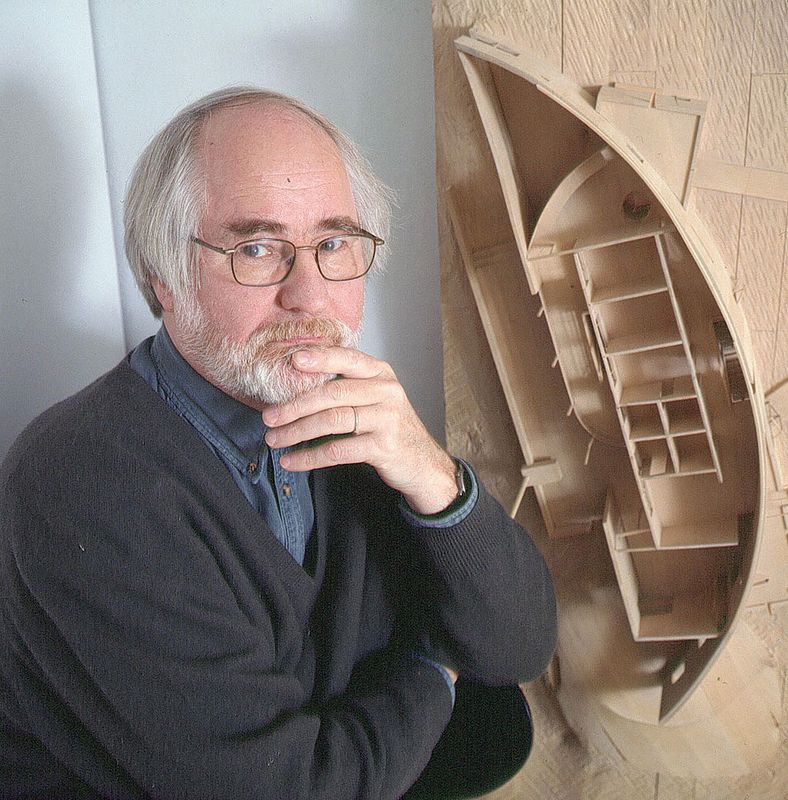Juhani Pallasmaa.
Ricky Ray Ricardo: In a recent lecture, you spoke about how a truly moving experience can seem to suspend time. It is also said that solitude and quiet extend our perception of time. Could you elaborate on the importance of this?
Juhani Pallasmaa: We have a frustrated relationship with time, more frustrated than [our relationship with] space, probably due to our fear of death. We can control space, but we cannot control time. Time seems to be overpowering and to run its own course. I feel that a very strong motive in all of us is to somehow fight, as Karsten Harries the philosopher says, “the terror of time.” For me, profound works of art and architecture comfort this unconscious fear and make time acceptable, in both its presence and its running away. Art can also slow down or speed up time; [although] it seems to me that art and architecture today generally tend to speed up time. But I think this goes against human nature. We prefer to have time that has been slowed down so that we can experience it fully. Literature, of course, as much as or maybe even more so than architecture, is engaged with time.
RRR: The writer Milan Kundera says that slowness is directly proportional to memory. How important is it to design for slower spaces in the city and can they generate a public good?
JP: Yes. Kundera’s observation is right. Put simply, we resonate with our surrounding spaces completely. We also resonate with the feeling of its speed or haste, nervousness or calmness and consequently, places that suggest calm, slower time are more pleasurable. You wouldn’t sit on a park bench in the middle of fast traffic. We need the experience of slowness.
Claire Martin: It is argued that anxiety is increa- sing because of a change in our perception of time.
JP: [This is not only related to] time, but also [to the fact that] we’re bombarded by too much stimuli. I think the Western [individual] is somehow at the edge of mentally breaking down. The cohesion of self needs certain experiences and qualities, of quietness, that we simply do not have any more. On the contrary, it seems that it has become somewhat paradoxical – the [trend] of young people speeding things up, for instance. They live in a displaced or unplaced world. I do not think it is the ethical task of architecture to exacerbate those conditions – it’s the reverse.
CM: The topic of one of your forthcoming talks is empathy. How can the tool of the empathetic imagination be deployed at a city scale?
JP: That’s a hard question because empathy seems to be somehow individualized or personified, so it’s difficult to consider it at an urban planning scale. But at the same time, [when there is an absence of] effort to create humane and pleasurable settings for empathy, empathetic imagination is more difficult, but even more important. There are architectural tasks that I consider almost impossible – to design a tall building is, in a way, an impossibility; there are very few really high buildings that enter the realm of architecture, simply because architecture is not about form, it consists of fundamental existential experiences and those experiences are rooted in the notion of home. The task of architecture is to give us an existential foothold in the world.
CM: I know you are interested in biophilic design. If experiences of nature – whether direct or indirect – can increase our capacity to experience empathy, then maybe one way of looking at it would be the introduction of more landscape and less architecture?
JP: We are products of nature and we are natural phenomena ourselves, [yet] we consider ourselves as something else. So nature, in all its materializations, is good for our nervous system and mental health. For me, the forest is extremely important. Whenever I or my wife feels tired, stressed or anxious, we go to the forest. Half an hour’s walk in a forest cures us totally. I think it’s very much the causality of nature; everything is causal, whereas modern life becomes increasingly non-causal so things happen without the possibility of us understanding why. I think understanding and experiencing the causation of natural phenomena, like the waves of the ocean and rain from the sky, is what balances our mental world. We fear the unknown, but nature somehow tends to make itself known. Although it’s a great mystery, nature is also a phenomenon that we seem to understand, or at least accept as a system of experiential causalities.
CM: We are now considered to be in the Anthropocene epoch. I wonder if we could use the concept, as you describe it, of truly “lived space,” to imbue new meaning and new value to help us to better connect with each other and our environments?
JP: My argument is that meaning cannot be invented or fabricated – it has to be lived, it has to be based on previous experience – and that is why I think meaning always arises from tradition … personal or cultural. At any rate, meaning is embedded in human life, and architecture and art articulate those fundamental experiences of being a human being, being here and now, in place and duration. And also, the word “traditional” has another meaning. The traditional skills of humanity – they would be fantastic to store for a potential catastrophe because humans, through hundreds of thousands of years, have gradually learnt how to live in very different places, but that knowledge is being lost. Tapio Wirkkala, the famous Finnish designer, (he was a close friend of mine) and I proposed to the Finnish Minister of Education in the early 1970s that Finland work up a proposal for UNESCO to record the human skills around the world, as a security bank of existential skills. But this initiative was forgotten.
A scene from the European refugee crisis: a Syrian man helps a woman cross a bog between the Macedonian town of Tabanovce and Preševo, Serbia. Juhani Pallasmaa asks, “Have we entered an era of mass migration?”
Image: Rocco Rorandelli
RRR: We are in an age of increased mobility and de-territorialization. Can you expand on what you describe as the “mixed blessings of globalization”?
JP: Yes. Possibly the greatest problem humanity faces now, outside of a nuclear catastrophe or something like that, is that of a global monoculture. Monoculture is completely against natural laws. We are heading there and not understanding what danger it is causing. So I support internationalism, but I do not support globalization, which is a negative side of the same thing. In architecture, I think it is almost irresponsible to design buildings in alien cultures, because cultures cannot be thematized. We are culturally conditioned and it is this lifelong conditioning that makes us citizens of, or members of, a particular culture. How would someone coming from outside understand those nuances? This can be seen everywhere in the Arab world, Africa and China … China is a great catastrophe since the Cultural Revolution, when tradition was violently discontinued. The current presidency is trying to reverse the course, but I don’t know if [they] will succeed.
Anyway, the only way of reversing that direction is another totalitarian rule, which is frightening in itself. I think we are in great trouble. In the 1970s there were several Italian philosophers and writers, such as Gianni Vattimo and Umberto Eco, who wrote about the new medievalization of the world. They gave certain examples and characteristics of forces … one was the breaking down of the large operatic units, like the fall of nation states and the new era of cities. I guess we can just barely grasp or feel that something like that is happening or might happen, but more importantly, all their examples mention a new era of massive migrations, and we are indeed in that era, that mess, now.
CM: Do you think that the affinity we have for nature will shift as a consequence of being in a post-natural world?
JP: Real changes in the biological world are extremely slow. Genetic changes, for instance, are very slow. The frightening thing is that we are speeding up genetic evolution. For example [as a result of the] Chernobyl [nuclear] accident, there were mutant moles in that area that were created by that split-second phenomenon. Scientists have estimated it would take 20 million years to achieve such changes through evolution.
Speaking of active mutants, I received a book of watercolours by Swiss artist Cornelia Hesse-Honegger. The book is on insects she has picked up around nuclear power stations in Europe; she painted them as a scientist would paint them. They have eyes in their feet and feet in their eyes, they are just horrendous mutants. I think it’s exactly the immensity of the problems that we face that makes them so easy to bypass and forget.
The Droga Architect in Residence program is an initiative of the Australian Institute of Architects Foundation.
Source
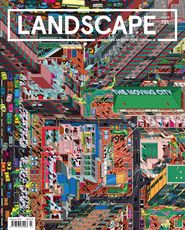
Practice
Published online: 9 Nov 2016
Words:
Claire Martin,
Ricky Ray Ricardo
Images:
Peter Bennetts,
Rocco Rorandelli
Issue
Landscape Architecture Australia, August 2016

